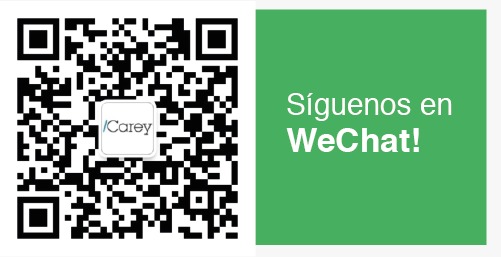On February 23, 2021, the Plenary of the Court of Appeals of Santiago agreed to establish a regulation that favors the use of telematic systems and information technology in the various functions performed by notaries, providing instructions for:
- The use of advanced electronic signature (FEA) by the notary publics (notarios públicos).
- The authorization of signatures stamped on private instruments, by telematic means.
- The use of electronic or remote platforms as a mechanism for identity verification.
- The specific situation of debt instruments.
- The legal restrictions deriving from notaries’ territorial competence.
In this regard:
- The use of FEA by notaries: they are allowed to use FEA, as long as such use is personal and non-transferable, on the days and hours of operation of their notarial office, and in connection with actions verified within their jurisdictional territory, in compliance with the regulations in force.
- The authorization of signatures in public deeds (EP): according to the Court’s agreement, the current regulations require the personal appearance of the signatories, having to wet sign the public deed; therefore, the notary may only authorize the handwritten signatures stamped in his/her presence, not being able to be replaced by electronic means or FEA.
- The use of telematic means for the authorization of signatures stamped in private instruments: according to the current regulations, one of the functions of the notary is to authorize the signatures stamped in private documents, as long as the signature takes place before him/her or its authenticity is known to the notary.Therefore, there are two possibilities for the notary to authorize a signature: (i) that the signature is affixed in his/her presence or (ii) that it is not affixed in his/her presence, but the notary is in a position to attest to it, either because he/she is aware of the authenticity of the signature or the identity of those who sign the instrument. With regards to these two possibilities of authorization, and in relation to the use of telematic means, two possible hypotheses are established for authorization by electronic means:
- Regarding signatures stamped on private instruments in the presence of the notary: the use of telematic means is established as possible for the authorization of signatures in semi-presential or virtual mode, through videoconference or videocall. To this end, the notary must attest to the knowledge or identity of the signatories of the document, with express acknowledgment of: (i) the remote form of connection; and (ii) the manner in which the identity of the signatories is made known to the notary.
- Regarding the authorization of signatures stamped on private instruments, in a remote manner, whose authenticity is known to the notary: the use of databases or technological platforms to verify the identity of the signatories or the authenticity of their signatures is permitted, provided that such databases or platforms are of an official nature (e.g., that of the Civil Registry and Identification Service) or the notary owns and is responsible for such database or platform, being prohibited to entrust these procedures to private external platforms or databases.
- Possibility of subscribing bills of exchange (letras de cambio) or promissory notes (pagarés) with electronic signature: due to the characteristics of these documents, they cannot be subscribed electronically. Therefore, the authorization of electronic signatures on bills of exchange or promissory notes is not allowed, neither in endorsements nor protests.
- Territoriality of the notarial function: it is established that when the notary uses telematic or remote technologies, he/she may not execute actions with respect to persons outside his/her jurisdictional territory, for which he/she must make sure that the action he/she performs complies with and is subject to the regulations in force.

